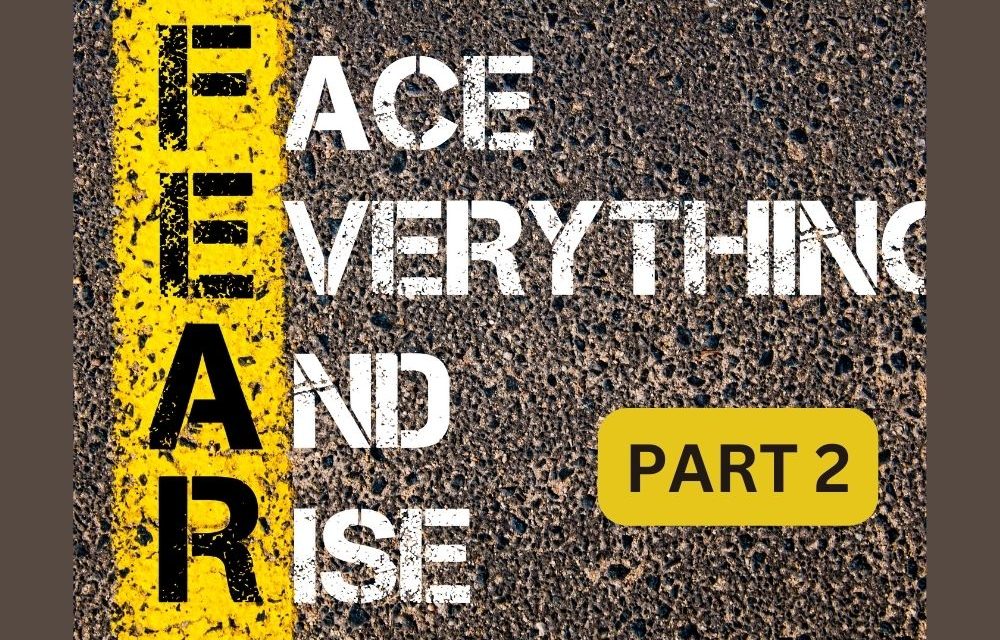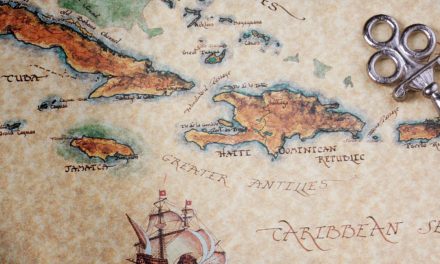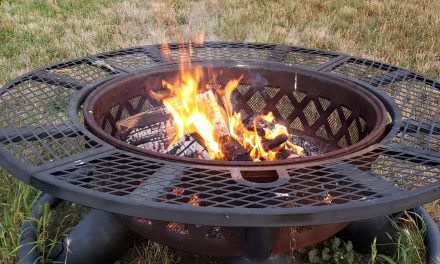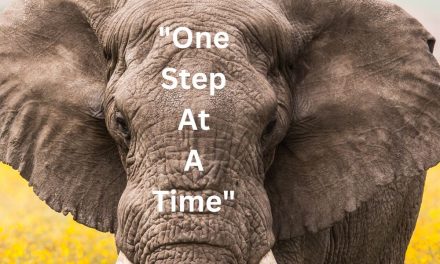Now that we’ve covered some tools and skills to help support you during those times fear tries to grip you hard, let’s talk about how to move through fear.
When life throws situations at us that trigger an automatic fear/stress response, we’re suddenly flooded with hormones that are pushing us to either:
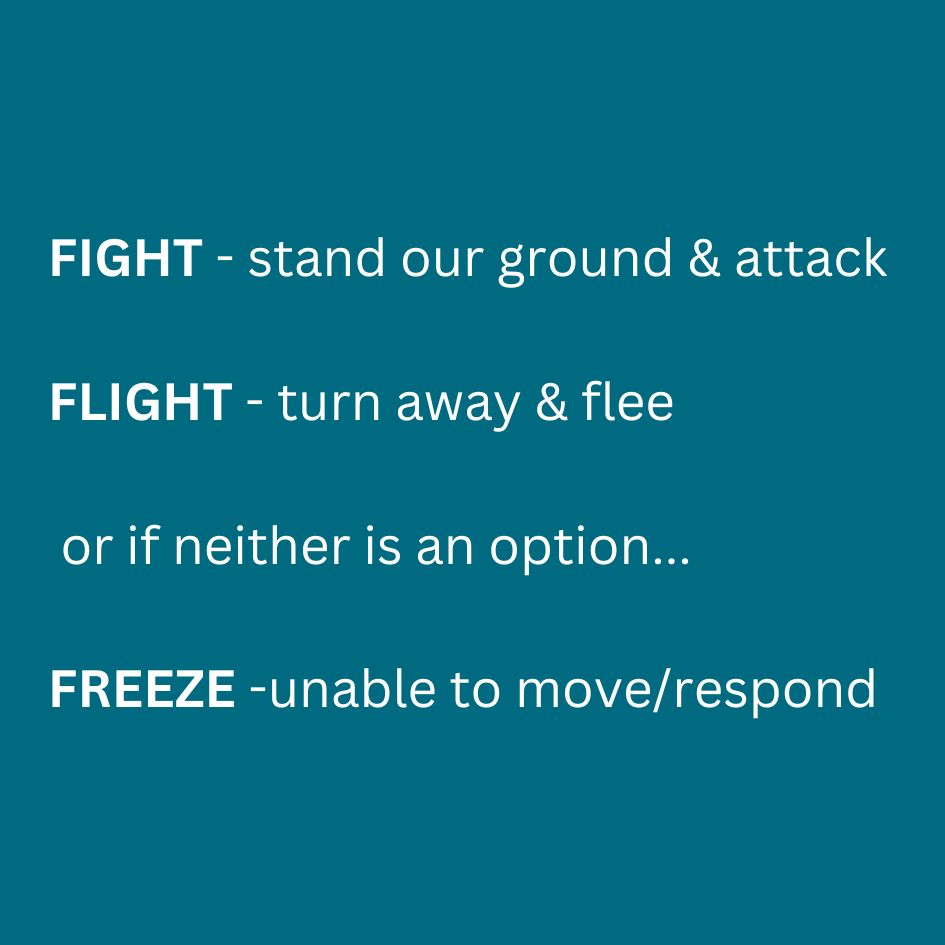
If you’re interested in more detail about how the autonomic nervous system works in these situations, I’ve included a couple of links below to get you started. But, since our focus is on factors that can be holding you back from taking active steps toward your travel dreams, we’re going to keep moving onward!
Each response comes with its own typical behaviors which can include:
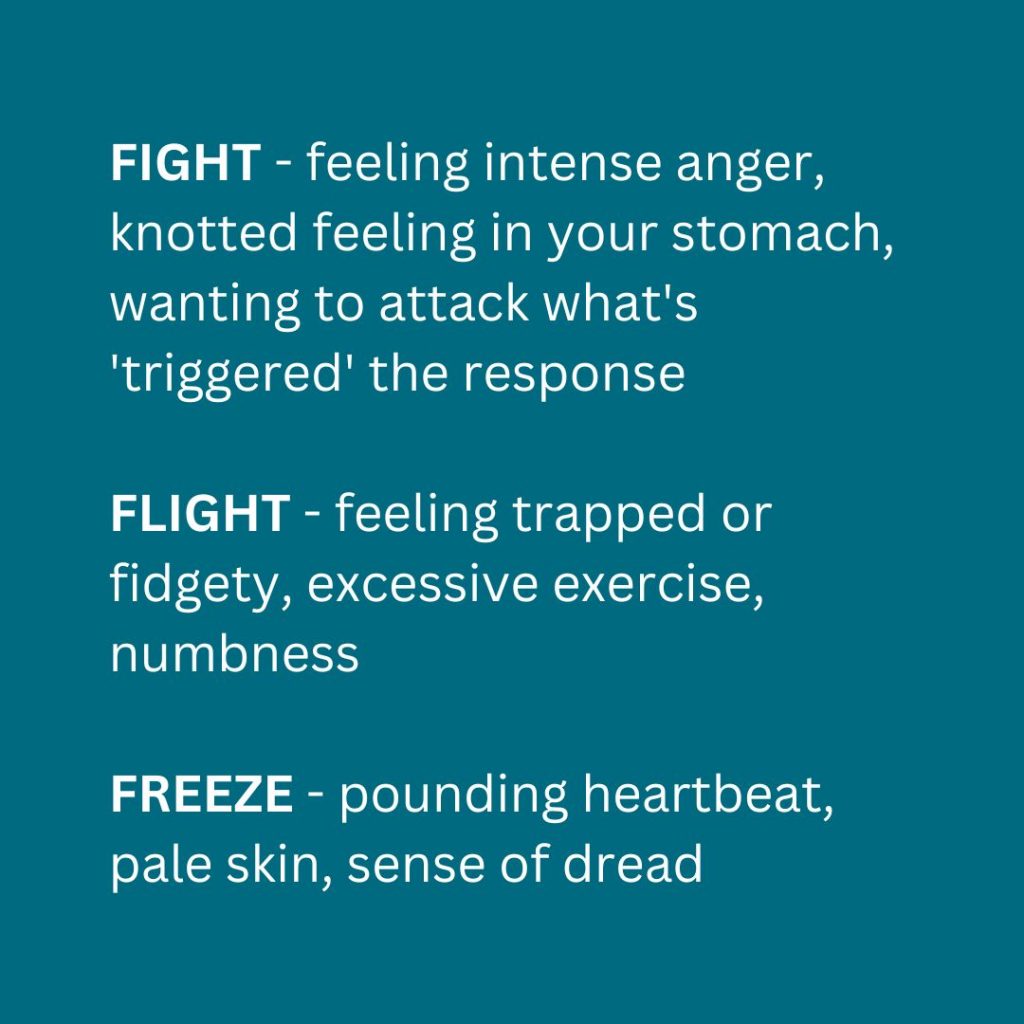
Now we’ve identified a potentially big part of what’s holding you back from taking steps toward your travel dreams!
If everyday life experiences are triggering a fear/stress response in your body, no wonder you’re struggling to take any steps that might feel risky or uncertain!
The solution??? Spend more of your day in the rest & digest/balanced state.
How??? Start by practicing any of the techniques we covered in Part 1.
Incorporating the Box Breathing technique is one of the most important steps you can take. It will quickly shift your body from a fear/stress state back into a balanced state. In a situation where you’re actually in danger, that transition can take 20-30 minutes as your body processes the huge flood of hormones. But, with smaller triggers, the sooner you notice the fear/stress response, the sooner you start Box Breathing and the quicker you return to a balanced state!
The good news is that all of the techniques we covered in Part 1 work to move your body from a fear/stress response state back into a balanced state (aka digest and relax). Your mind is balanced, your body is balanced and you can now take active steps forward!
We’ll also be covering more stress-reducing techniques in the future.
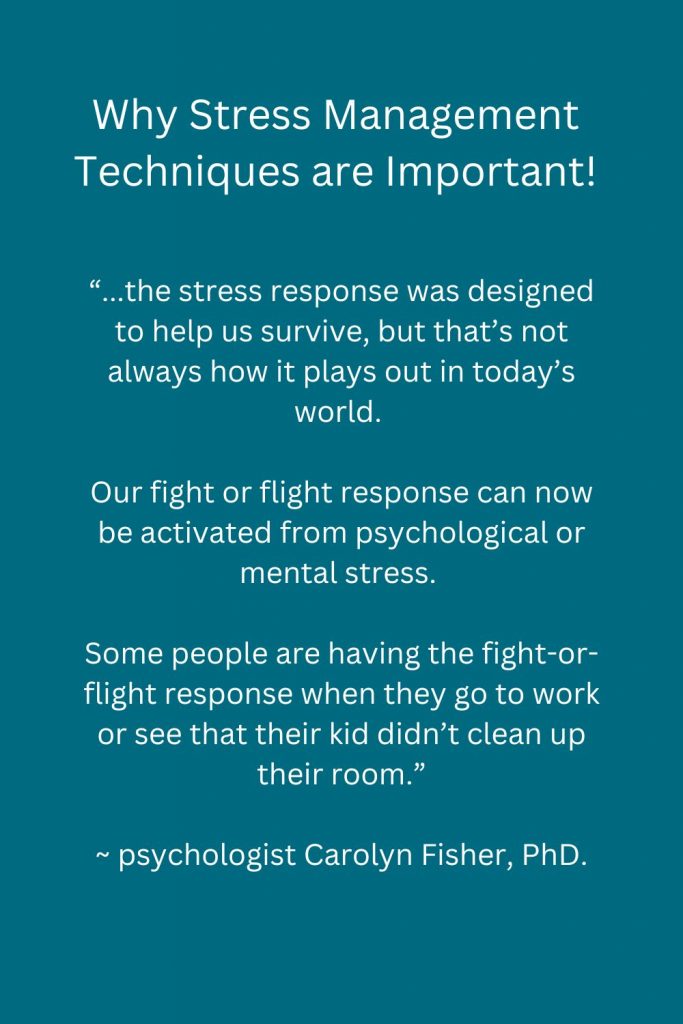
For more information:
What Happens to Your Body During the Fight-or-Flight Response? Your survival response explained
Fight, Flight, Freeze, or Fawn: How We Respond to Threats

